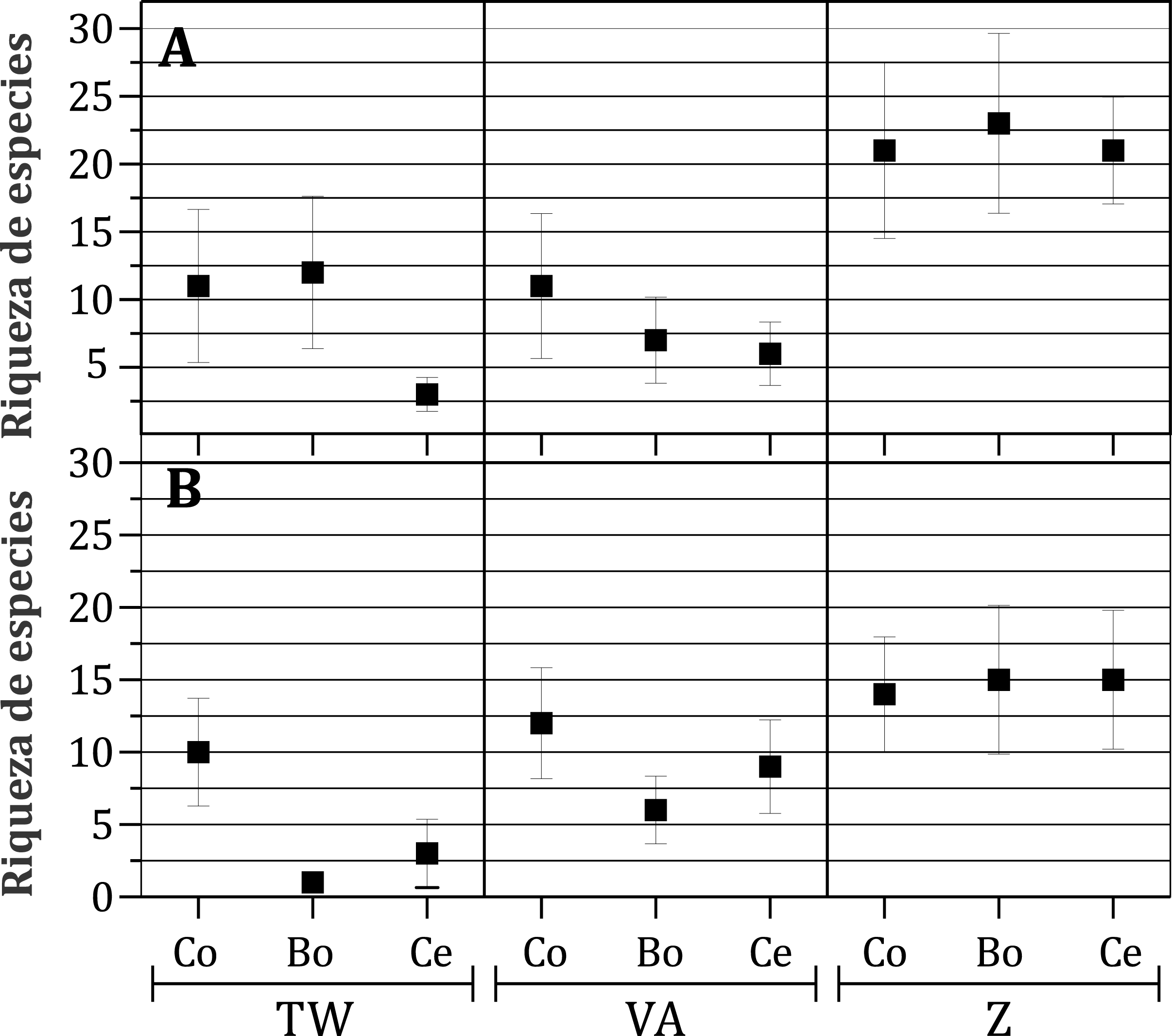Pollinator and predator insects biodiversity in vineyards agroecosystems of Mendoza, Argentina. Considerations for habitat management
Keywords:
Pollinators, Predators, Himenopterous, Syrphid flies, Ecosystem services, Native vegetationAbstract
This study exposes first results about the influence of habitat management with native vegetation on the ecosystem services offered by pollinators and pest controller insects, in vineyards of Mendoza, Argentina. The work was carried out in three vineyards located in Gualtallary, department of Tupungato, which present biological corridors and inter-row coverings with different proportions of native vegetation. In order to determine relevant groups of beneficial insects present, samples with entomological net were taken in corridors and vineyards. The specimens captured were identified and richness, diversity and abundance of pollinating insects (Apidae, Andrenidae, Colletidae, Halictidae, Megachilidae and Syrphidae) were estimated, as well as of certain groups of predatory insects (Coccinellidae, Nabidae, Reduviidae, Geocoridae, Anthocoridae, Chrysopidae, Hemerobiidae, Crabronidae and Sphecidae), which were found in those environments. Results suggest that habitat management with intentional provision of native vegetation covers, and particularly with attracting flowering forbs, is potentially efficient to increase biodiversity of the functional groups studied and, therefore, maintain the ecosystem services offered by them.

Published
Issue
Section
License
Aquellos autores/as que tengan publicaciones con esta revista, aceptan las Políticas Editoriales.


